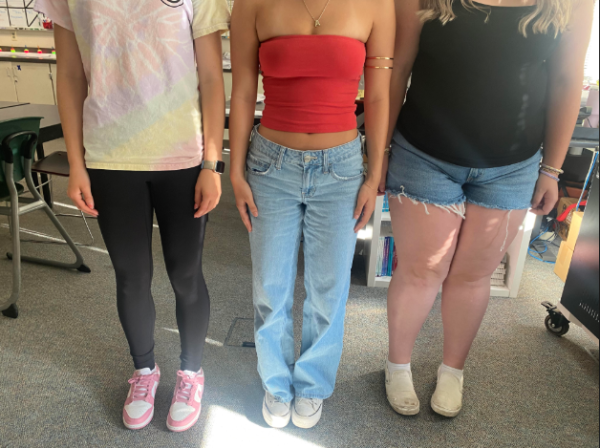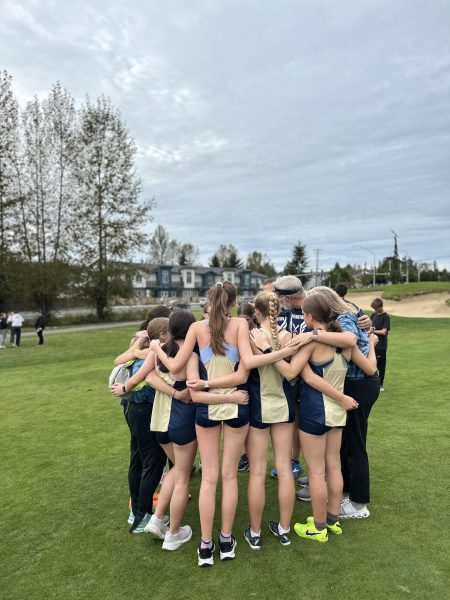The Other Education
As much as we’d like to believe we know all about sex and sexuality, we do not. Sex education in the United States has been lacking and it is becoming obvious that it is not aiding teenagers and young adults in the way that it should.
Sex education began to gain support in schools after the 1960s. Education began to divide in two different ways: teaching based on the belief that “medically accurate and comprehensive information about sexual health would decrease risk-taking behaviors among young people” and one that was based on the belief that medically accurate and comprehensive information would “increase risk-taking behaviors among young people” (Planned Parenthood). Eventually it was found that abstinence-only programs were not effective in doing the following: helping teens delay first intercourse, reducing the frequency of sex, reducing the number of an individual’s sex partners, increasing the use of contraception, and reducing the sexual risk in their behavior.
This is affecting students and the ways that they handle, understand, and talk about sex and sexuality. Although students are given support and some education on contraceptives and sexually transmitted diseases / infections, there is not enough discussion regarding ways to have consensual and safe sex when each individual is personally ready. “They don’t do enough to reassure you that everything’s going to be okay” said Bella Tift (12). “They scared me because they didn’t teach me.”
Students are becoming more sexually active at an earlier age with sixty-six percent having sex by their senior year (NBC News). It is time to provide students with the information they need in order to have a healthy sex life when they choose to do so. With more students becoming open and comfortable with sexuality, it is important to ensure that schools are giving them the proper information to stay safe and healthy.







